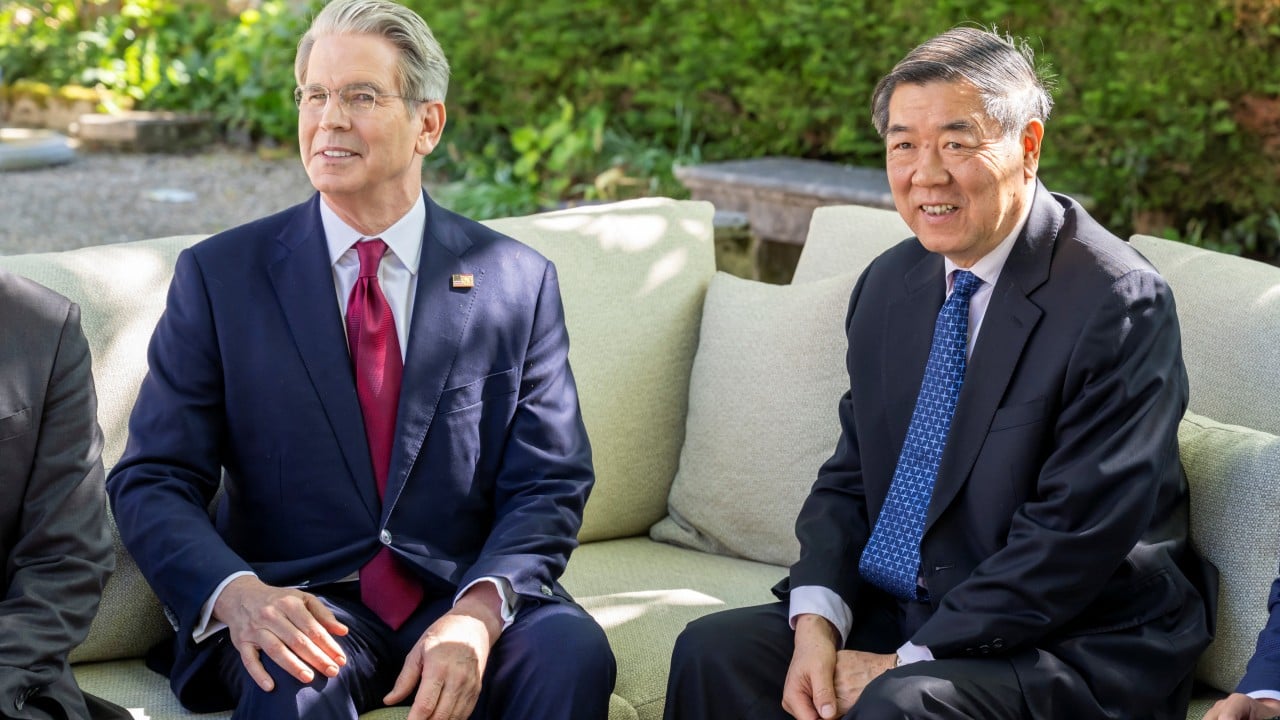In the mad scramble to understand the narrative around the latest US-China trade “deal”, almost no one has raised the question of why discussions were held in Geneva.
Advertisement
The answer is simple. It goes a long way towards helping one understand the outcome. It explains why, despite narratives to the contrary, there was no winner, with the journey to any resolution likely to be long and fraught.
In having the meetings in Geneva at the gated residence of Switzerland’s UN ambassador, the Chinese message to US President Donald Trump was clear: if you want to resolve US concerns with the world trading system, this must be done multilaterally, with Geneva – where the World Trade Organization and a large number of United Nations organisations are headquartered – the natural backdrop.
It was no accident that alongside He Lifeng, head of Beijing’s negotiating team, was Li Chenggang, for many years China’s WTO ambassador and an expert on the multilateral rule book.
Most commentators homed in on the terms of the US-China “deal”, but they should have paused to realise no bilateral deal was really going to be struck in Geneva. True, the headline tariffs were slashed from stratospheric and unsustainable levels, but these cuts amounted to an unravelling of April 2 tariff measures that were glaringly non-compliant with WTO rules.
Advertisement
They brought tariffs on China close to the tariffs imposed on other US trading partners, making them more or less compliant with the WTO’s sacred rule – the most-favoured nation principle that insists on non-discrimination.

